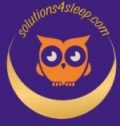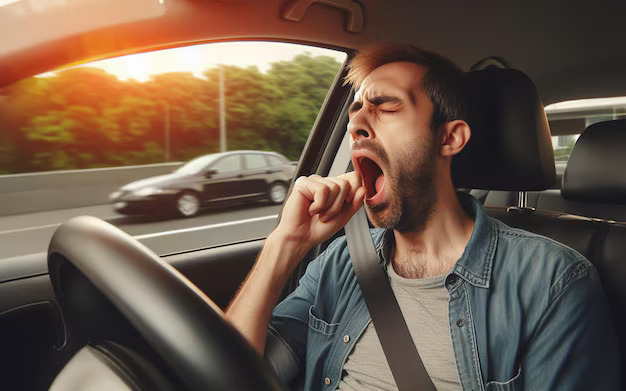Operating a motor vehicle when sleepy is known as drowsy driving, and it can affect anyone who gets behind the wheel. Drowsy driving significantly increases the risk of accidents, leading to a troubling number of injuries and deaths every year. Given the widespread sleeping problems, as the nation’s health protection agency, the CDC saves lives and protects people from health threats. Among adults in the United States, increased awareness of drowsy driving can play a crucial role in public health. Knowing about the causes, consequences, and prevention of drowsy driving enables drivers to avoid unnecessary risks on the road. Drowsy driving significantly increases the risk of car accidents. Microsleeps occur when a person dozes off for just a few seconds. When they happen while driving, it’s easy for the car to run off the road or collide with another vehicle. The damage from these crashes increases when they occur at high speeds. Drowsy driving is dangerous even if a person doesn’t actually fall asleep. Research shows that sleep deprivation leads to mental impairment that is similar to drunkenness, with 24 hours of sleep deprivation roughly equating to a blood alcohol content (BAC) of 0.10%. This impairment makes a person less attentive to their surroundings and more easily distracted. It slows their reaction time, making it harder to avoid dangers in the roadway. Insufficient sleep is also tied to worsened decision-making, which can lead to risk-taking behind the wheel. Lack of sleep is a leading cause of excessive daytime sleepiness, which can induce microsleeps or other dangerous driving behavior. Adults should get between seven and nine hours of sleep each night, but a significant number of adults routinely fail to get this recommended amount of sleep. Many sleep disorders, such as obstructive sleep apnea, cause a person’s sleep to be restricted, interrupted, and less restorative. Many sleep disorders go undiagnosed and, when left untreated, can cause daytime drowsiness. Auto accidents from drowsy driving occur most frequently between midnight and six a.m. or in the mid-afternoon, which are two times when sleepiness peaks.
Thank you for reading this post, don't forget to subscribe!
Wednesday, October 1, 2025


